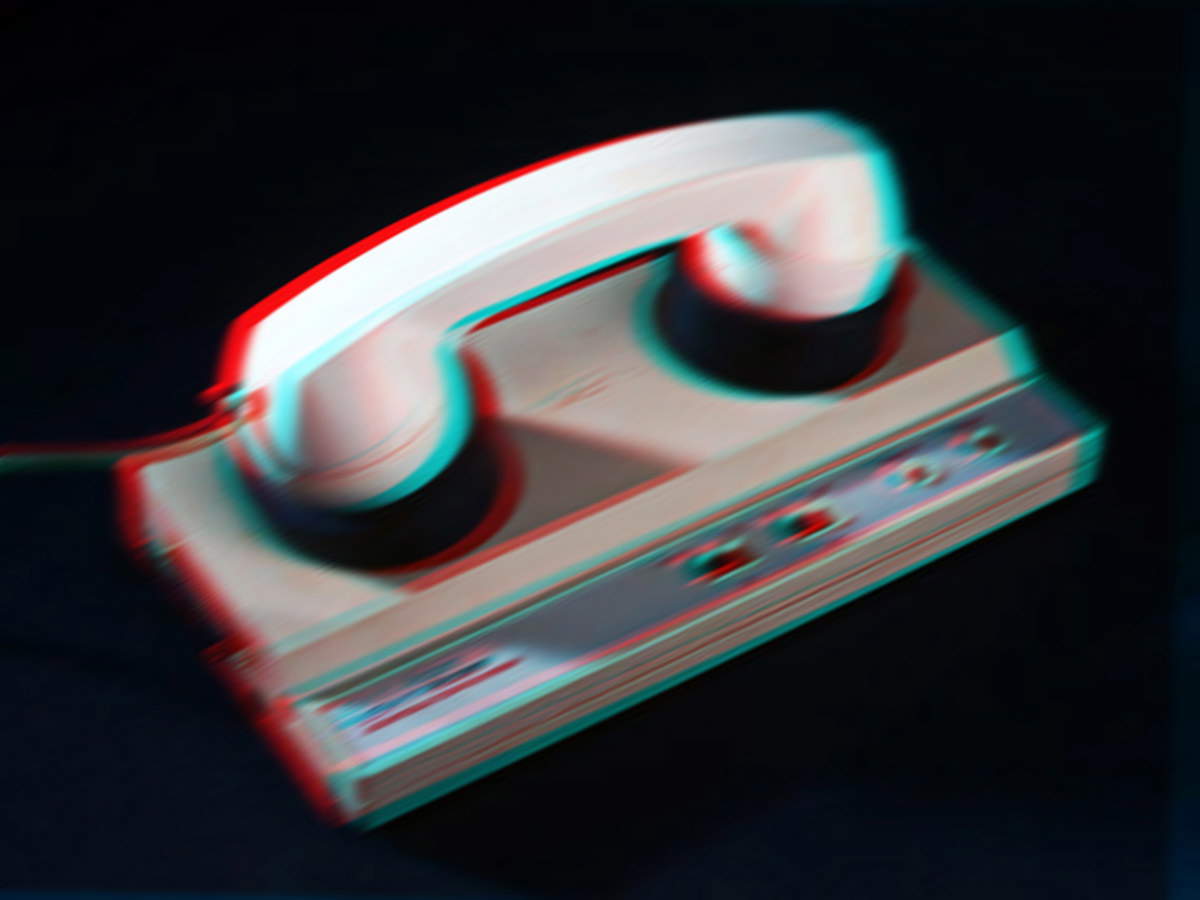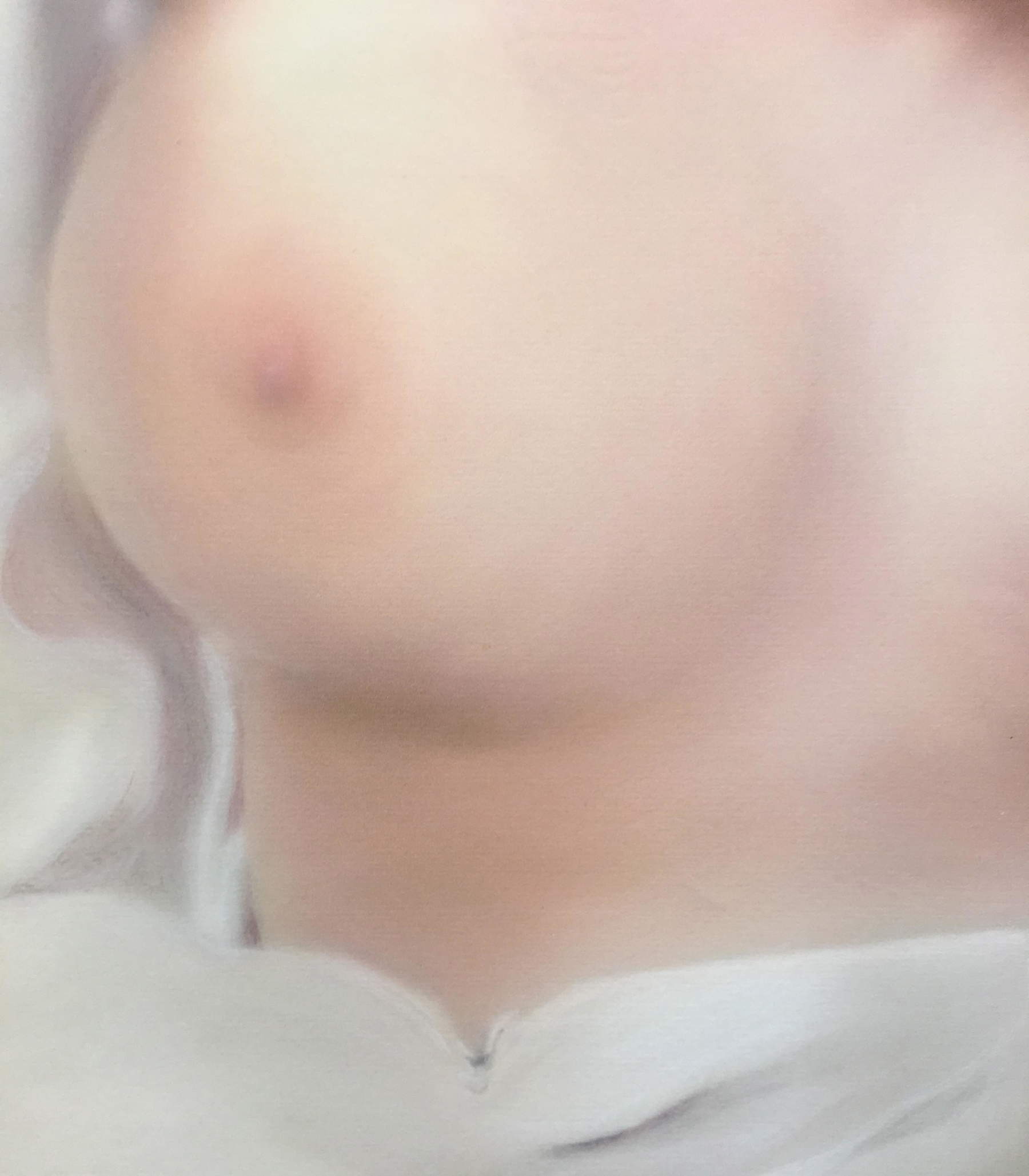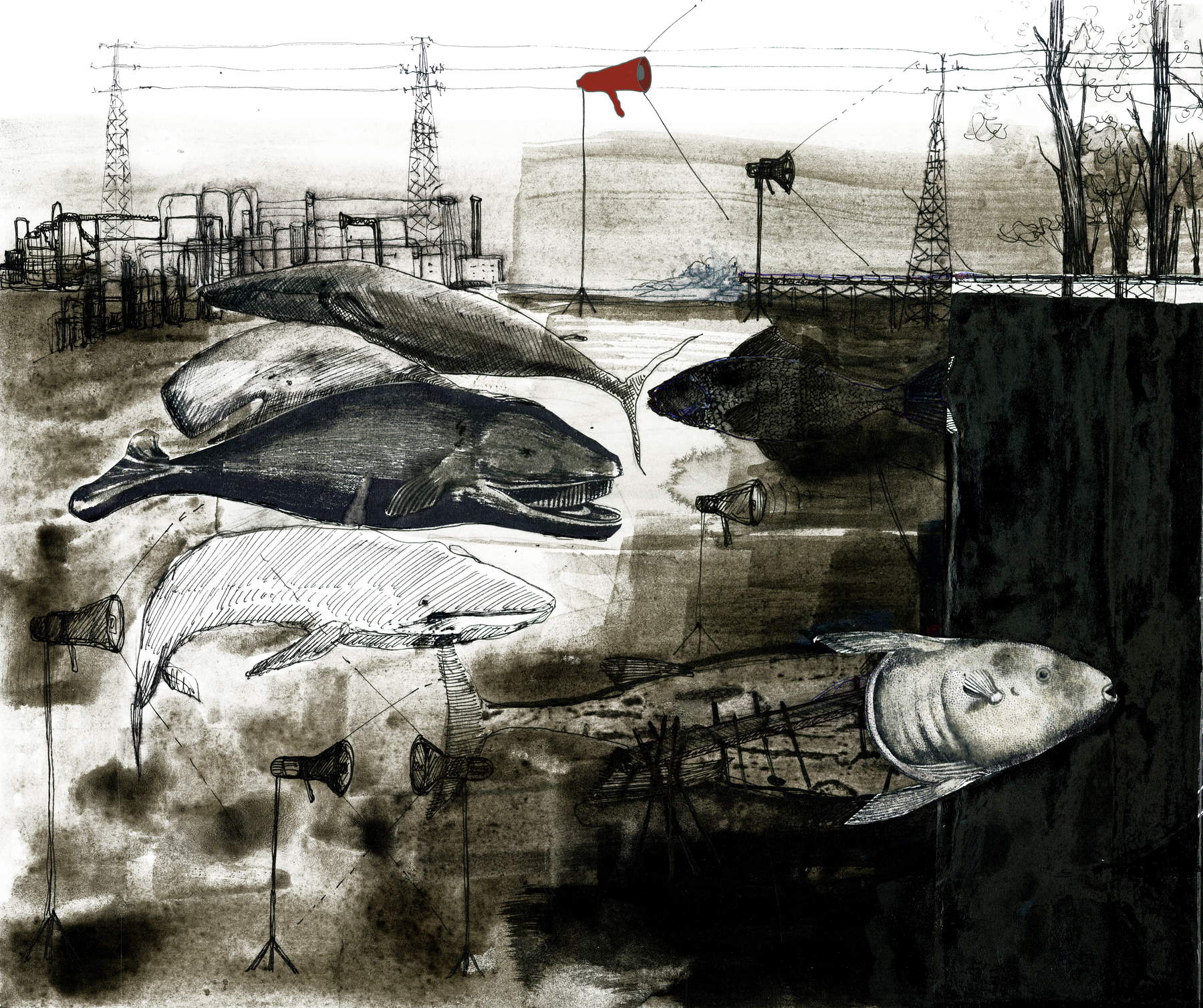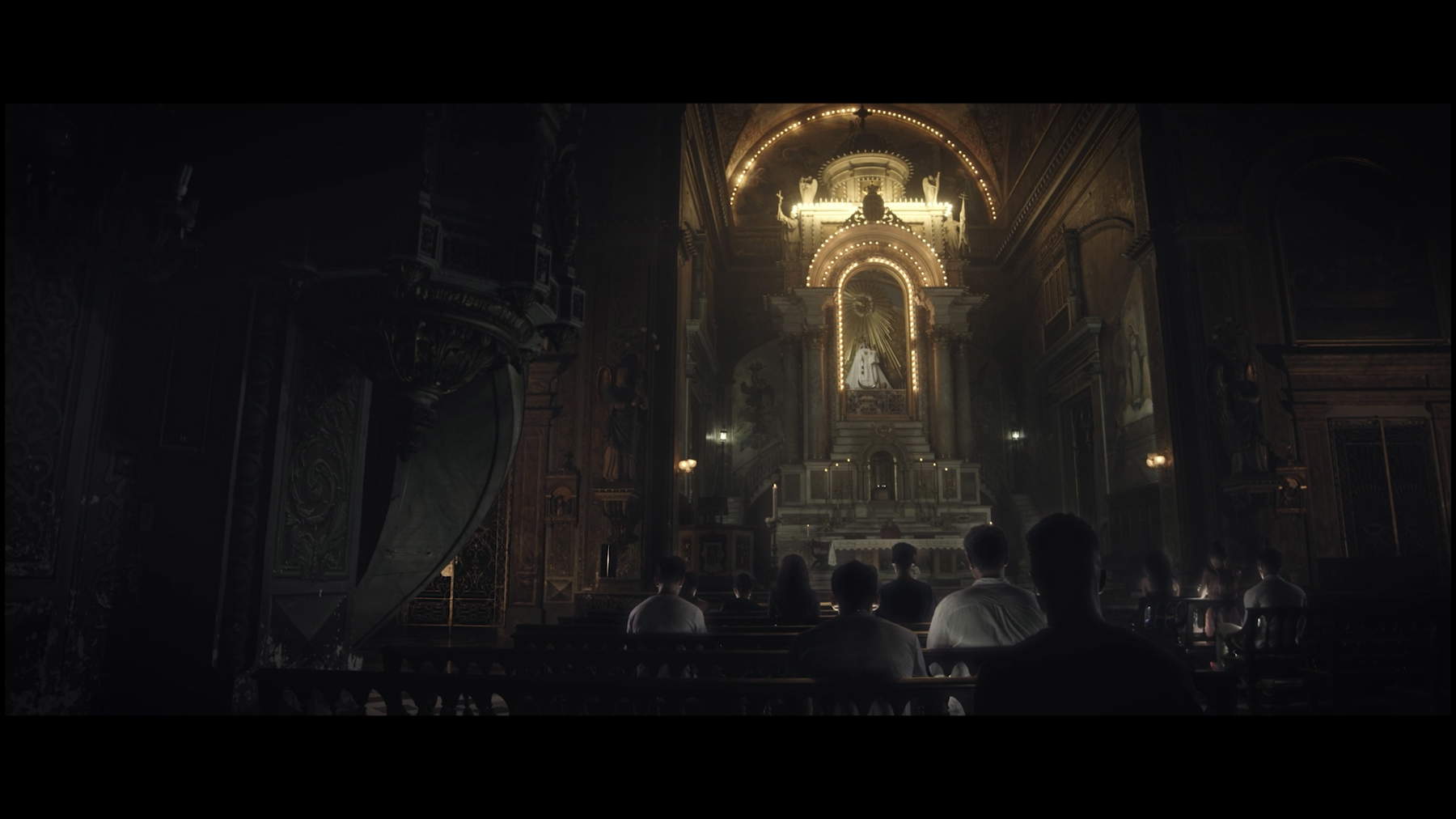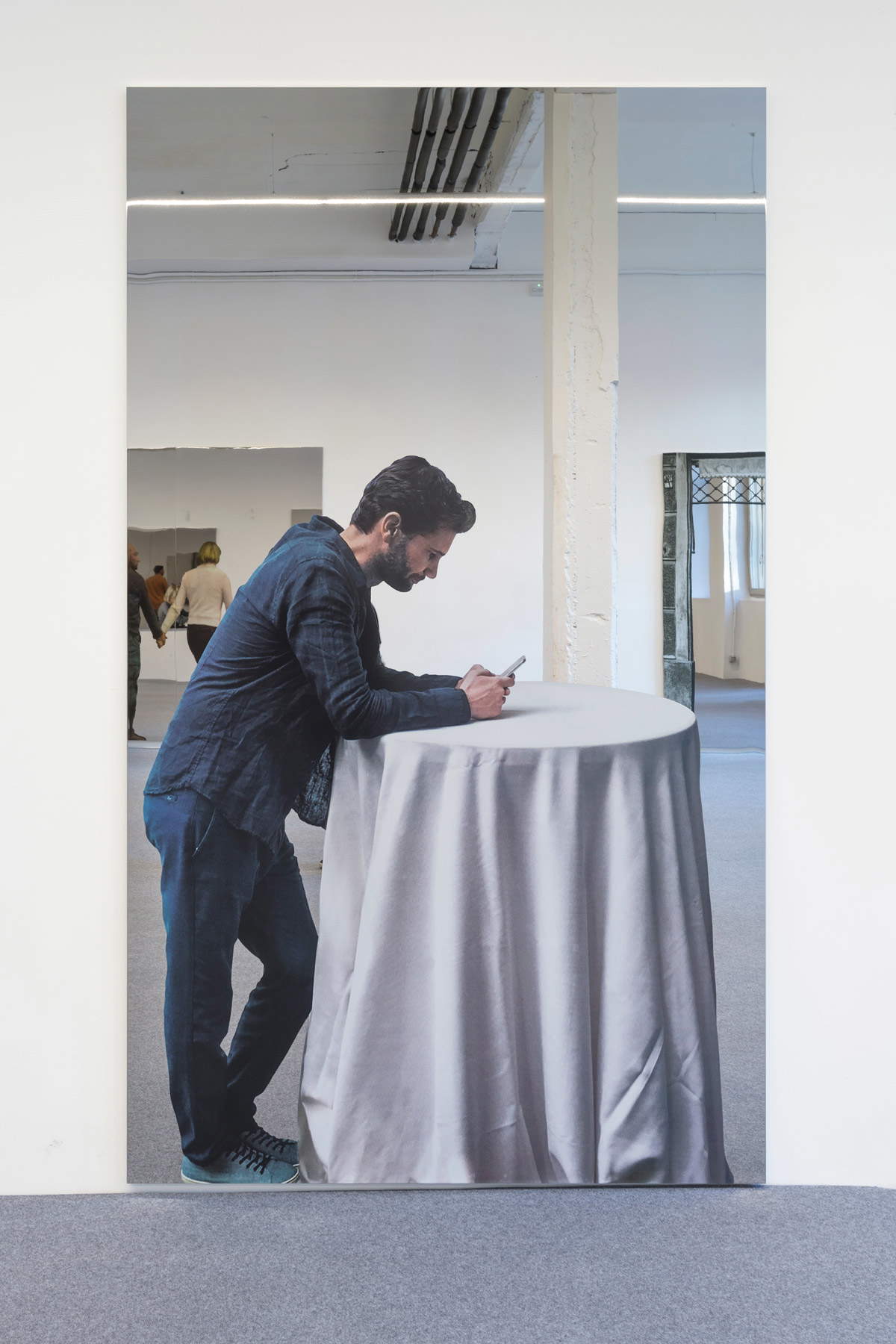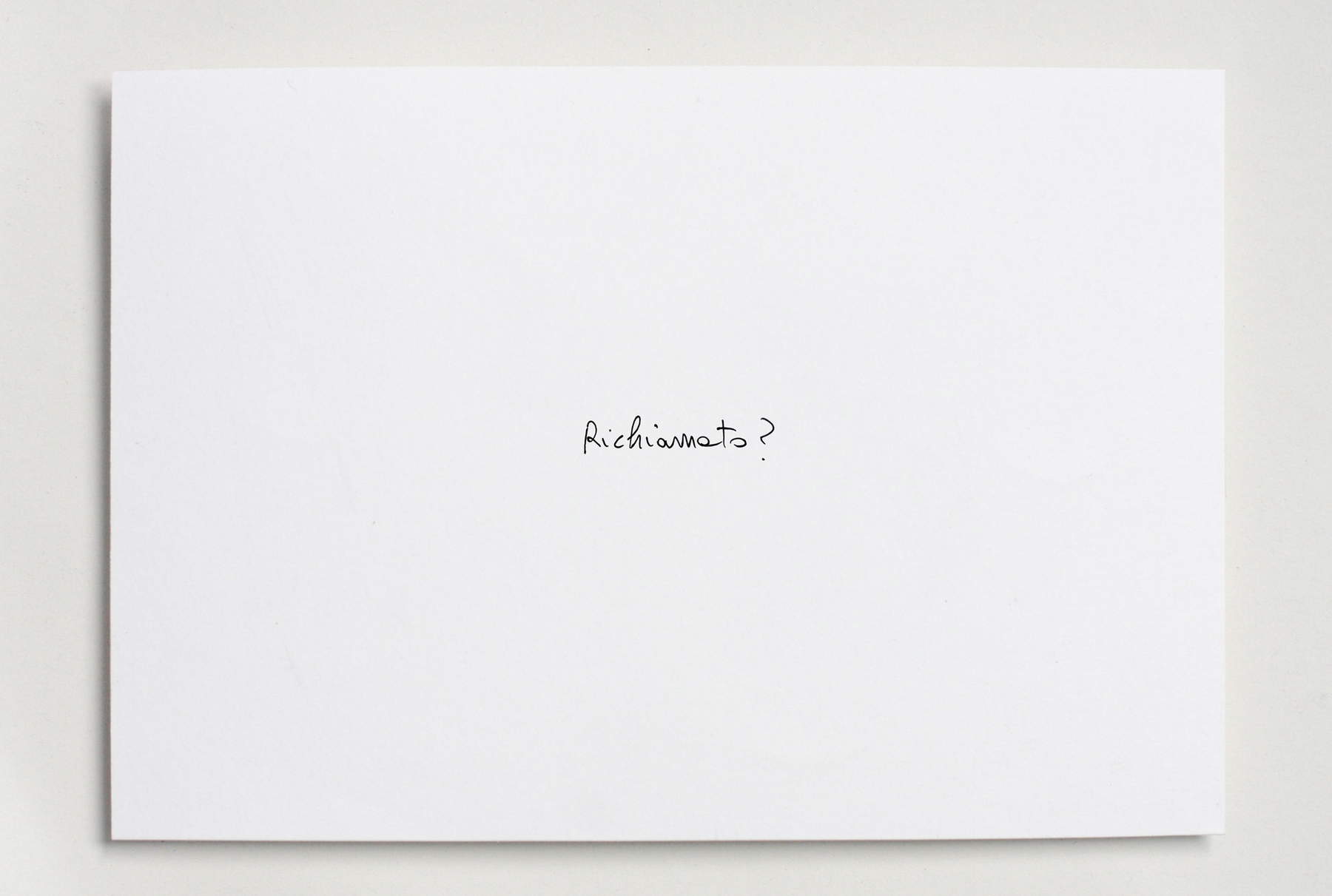by Federico Giannini (Instagram: @federicogiannini1), published on 14/10/2019
Categories: Interviews
/ Disclaimer
Interview with Vittoria Martini, curator of the "Artissima Telephone" exhibition, which will open at Artissima 2019.
The 26th edition of Artissima, the major contemporary art exhibition-market to be held in Turin from November 1 to 3, 2019, will also feature, among its various projects, Artissima Telephone, an exhibition that will take place in the rooms of OGR - Officine Grandi Riparazioni. The exhibition, conceived by Ilaria Bonacossa and curated by Vittoria Martini, continues the investigation into sound that Artissima launched last year, and will offer the public a reconnaissance of the telephone as a means of artistic expression. How is art made with the phone, especially today, in the age of smartphones? What are the stages in the history of art made through the phone? What are the social dynamics transformed by the phone? We talked about all this with curator Vittoria Martini. The interview is conducted by Federico Giannini.
FG. At Artissima this year, you are curating an exhibition called Artissima Telephone. Can you give us some preview of the project?
VM. The exhibition is the brainchild of Ilaria Bonacossa, in continuity with the investigation of sound that began last year with Artissima Sound and starting from the assumption that the telephone is now the main source of the sounds that fill our lives. Ilaria invited me to reason together about the phone as an artistic medium: a very complex and varied field of research if we consider that until the beginning of the 2000s it was the main means of communication between people and was used only for talking, while today the phone that each of us has in our pockets is first of all a device for entertainment and self-expression, and then also for communication. The smartphone has redesigned a new ecosystem and changed the geography of our minds. We communicate incessantly every day with hundreds of people, we record long messages that are soliloquies that obviate the time it takes to write a message, but we avoid the phone call: talking to someone, dialoguing, conversing seems to have become an intimate gesture, exclusive and reserved only for the few people who have to do with our family or intimate sphere. With Artissima Telephone you will realize how simply by making gestures-such as turning the wheel of a telephone to dial a number or pulling up a handset while leaning it against your ear (gestures that for many of us will seem reminiscent of something from the past and for many young people an unfamiliar gesture)-all your concentration will be drawn to the source of the sound. This rather unsettling feeling emerges from the contrast with today’s too-fast communication in which the various levels are crossed and e-mail, whatsapp, instagram, voice messages are superimposed on the words of the real person in front of us, causing them to lose effectiveness. We communicate faster than ever, and therefore simply, with pictures and emoji and the complexity of a dialogue built with words is being lost. This is not nostalgia; it is a fact. As someone said, there are useful or harmful ways to navigate the offline world, and the same goes for the digital world. It is clear from these assumptions that Artissima Telephone opens up a very broad field of inquiry that touches many levels and has to do with our current living in the world.
The goal is to investigate the telephone as an artistic medium of expression. What might be some milestones in the history of the telephone as a medium for making art?
The investigation of the telephone as an artistic medium of expression has its roots in a history that began almost a hundred years ago, in László Moholy-Nagy’s Bauhaus experience of the early 1920s. The Construction Enamels (Telephone Pictures), 1923, are both a technical and conceptual experimentation since the artist communicated by telephone to the enamel factory the instructions for how to make the works, emphasizing the distance to him contemporary to both the production and mediation processes. The artist in the modern era, as Walter Benjamin put it, was a producer of ideas rather than objects. The history of the telephone as a medium of expression cannot but dwell on Surrealist iconography and in particular Salvador Dalí and works such as Mountain Lake (1938) in which a disconnected telephone stands out in a desolate landscape or Lobster Telephone (1936) which again refers to the impossibility of communication by bringing together two disparate objects and adding the idea of the telephone as an object revealing secret and unconscious desire that goes hand in hand with its sexual connotations: erotic pleasure and pain. Marcel Duchamp also connects the historical dots here since of the art of delegation for the production of the work, he made it a methodology. Lartist is the red thread that leads directly to the conceptual art if we consider that his research was also the theoretical basis for the exhibition Art by Telephone that was held in 1969 at the Museum of Contemporary Art in Chicago. One can then mention John Cage and the complex performance Variation VII in which by applying the principle of randomness, he tried to make audible, in the same place, sounds emitted simultaneously from a variety of sources. He used different media such as radios and telephones and collected the brain waves of his collaborators on stage. In this performance ten telephones were simultaneously connected to ten different places in New York City, and the sounds of telephone conversations occurring at the time came on stage. It was 1966 and audience involvement was expected. Then one can mention John Giorno and his work-anthology of contemporary poetry Dial-a-poem (1968) that involved something like five million people and became a format. Then I am reminded of a more recent work, a 1995 video by Christian Marclay, Telephone, which offers a synopsis of the evolution of the use of the telephone through film clips, to the present day with Camille Henrot’s already iconic Bad Dad & Beyond (2015) in which the telephone returns and becomes an interactive sculpture: analog, reminiscent of the public one with the handset, but it is gigantic, like a colorful toy. It is made with a 3-D print and, by dialing numbers, only recorded voices can be heard. Therefore, it can be said that all the conceptual aspects were already outlined before the 1990s. But how has the artists’ approach changed with the shift from analog to digital? It is therefore interesting to see how Artissima Telephone proposes a snapshot of the current state of art through the artists and works proposed by the participating galleries at the fair.
 |
| Salvador Dalí, Lobster Phone (1936; steel, plaster, rubber, resin and paper, 17.8 x 33 x 17.8 cm; London, Tate Modern). Work not in exhibition |
 |
| John Giorno, Dial-a-poem (1968-2012; four telephones each containing recordings of 80 poets reading 200 poems proposed randomly to the listener, 22 x 26 x 12 cm each; Paris, Fondation Louis Vuitton). © John Giorno - Photo Fondation Louis Vuitton / Félix Cornu. Work not in exhibition |
 |
| Christian Marclay, Telephones (1995; video installation, duration 7:30 minutes). Work not in exhibition |
There is no doubt that the ease with which telephones today allow us to take photographs has endowed us with an expressive potential that was unknown even a few years ago. And with the phone, everyone feels a bit like an artist. Is this an opportunity or a trivialization, in your opinion?
The fact is not that everyone can feel like an artist because they can express themselves through the medium of photography, I don’t think that’s the point. The issue is that the telephone from being a tool for oral communication between people, today has become the gateway to the network, to the digital world, a means of entertainment and a place for building one’s virtual identity. It is more interesting to investigate the contemporary image society, to reflect on how we have come to a communication in which images replace words. It is also interesting to keep in mind the transformation that has taken place: a loss of natural temporal perception due to a generalized acceleration of communication, a loss therefore of ancestral rhythms, of downtime, of pauses. Today’s phone connects people together, but at the same time disconnects actions from their effects, and is so fast that it forces us to have instantaneous reactions and reason quickly. The camera built into our twenty-four-hour connected device, more than anything else, allows us to continually design our own identity and allows everyone to have a voice, exposing everyone’s life. It is interesting to analyze how the opinions of others flood and are central to our lives, and one like more or less allows us to continually correct the narrative of our digital reality, often a sweetening of the analog one. It was in 2013 that the term fomo entered theOxford English Dictionary, meaning fear of missing out, indicative of a widespread and generalized anxiety that everyone suffers from at the constant thought of what others think of us. This alienates us from our lives, breeds unhappiness and loss of sense of self. More and more to think or to reconnect with ourselves, we need to disconnect.
![Anna Maria Maiolino, João & Maria [Hansel and Gretel] (2009/2015; video, durata 4:08, con la partecipazione di Sandra Lessa e João Araújo, fotografia di Anna Maria Maiolino e Marianna Zanotti, editing e suono di Anna Maria Maiolino e Mateus Pires). Courtesy the artist and Galleria Raffaella Cortese, Milano
Anna Maria Maiolino, João & Maria [Hansel and Gretel] (2009/2015; video, durata 4:08, con la partecipazione di Sandra Lessa e João Araújo, fotografia di Anna Maria Maiolino e Marianna Zanotti, editing e suono di Anna Maria Maiolino e Mateus Pires). Courtesy the artist and Galleria Raffaella Cortese, Milano](https://www.finestresullarte.info/_danae/placeholder.php?colore=e5e5e5&width=750&height=750) |
| Anna Maria Maiolino, João & Maria [Hansel and Gretel] (2009/2015; video, duration 4:08, featuring Sandra Lessa and João Araújo, photography by Anna Maria Maiolino and Marianna Zanotti, editing and sound by Anna Maria Maiolino and Mateus Pires). Courtesy the artist and Galleria Raffaella Cortese, Milan |
 |
| Shadi Habib Allah, Did you see me this time, with your own eyes? (2018; 2G phones, micro controller, Raspberry Pi, Relay, charger, dimensions variable). Courtesy the artist and Rodeo, London, Piraeus |
 |
| Michele Spanghero, Smart Phone (2019; audio file, duration 4:33). Courtesy the artist and Galerie Alberta Pane Paris, Venice and Galerie Mazzoli Berlin, Modena, Düsseldorf |
 |
| Xiaoyi Chen, I will never speak to god again (2017; audio installation, duration 19:31). Courtesy of Matèria and the artist |
 |
| Axel M., Typing... (2019; pastel on paper, 20.1 x 22.4 cm). Courtesy the artists |
If we tie the theme of the exhibition to that of Artissima, we could easily enter the phone-desire-censorship chain and reflect on the fact that the phone is a very powerful tool but, like any tool endowed with great power, it runs the risk of getting out of control, and on the other hand, often the ways in which many people express themselves are subject to censorship (just think of what happens daily on social networks). In this sense, how has the telephone changed the way we interact with our intimate space and the public space we each occupy?
Artissima Telephone naturally ties in with the theme of this year’s fair desire/censorship. In fact, if the telephone, precisely starting with the iconic Lobster Telephone, is an object of desire with a strongly erotic charge, in reality today it paradoxically offers the impression of privacy away from social constraints, where to give space and expression to desire, but in reality it is the place of a constantly controlled private sphere, an instrument that continuously monitors the position and choices of each person.
The exhibition presentation states that Artissima Telephone will offer works that generate forms of active resistance by suggesting deeper listening. What does that mean? And what are some of the works we will see in the exhibition?
Analog time is a slower time, in the exhibition you will have to be patient, wait, have time. Next to the phone there will be instructions, but especially one for all that could be summarized as please wait, the call is transferring. Today we have super-fast internet, responses to messages are simultaneous, you can converse via chat, and because of that we have lost the memory of when the internet was super-slow and there were intercontinental phone calls that cost a fortune, were made once in a while, whereas now I can have a son in Australia and hear from him more often than when he was locked in his little room at home. Just lattesa, the act of picking up the receiver and dialing the number, in itself requires deeper and more attentive listening. In Artissima Telephone you will hear many stories told through the handset, you will enter other people’s lives by invading a familiar privacy, by eavesdropping, as in Myles Starr’s work, or you will try to understand from what those submerged sounds are emitted that intertwine with words we would not like to hear, as in Marzia Migliora’s work.
 |
| Marzia Migliora, Rada #E, detail (2011; drawing and mixed media on paper, 22.5 x 38 cm; Private collection). Courtesy the artist and Galleria Lia Rumma, Milan, Naples and Telefono Rosa Turin |
 |
| Myles Starr, Langosta, Butterflies and Cherry Tomatoes (2019; oil on canvas, 180 x 120 cm). Courtesy the artist and VIN VIN Gallery, Vienna |
 |
| Glenda León, Hablando con Dios / Talking to God, frame (2018; video installation, duration 5:25). Courtesy the artist |
 |
| Michelangelo Pistoletto, Smartphone - leaning man (2018; silkscreen print on stainless steel mirror, 250 x 150 cm). Photo Nicola Morittu, Courtesy Galleria Giorgio Persano |
 |
| Cesare Viel, Recalled (2019; ink on paper, 21 x 30 cm). Courtesy pinksummer, Genoa |
Warning: the translation into English of the original Italian article was created using automatic tools.
We undertake to review all articles, but we do not guarantee the total absence of inaccuracies in the translation due to the program. You can
find the original by clicking on the ITA button. If you find any mistake,please contact us.


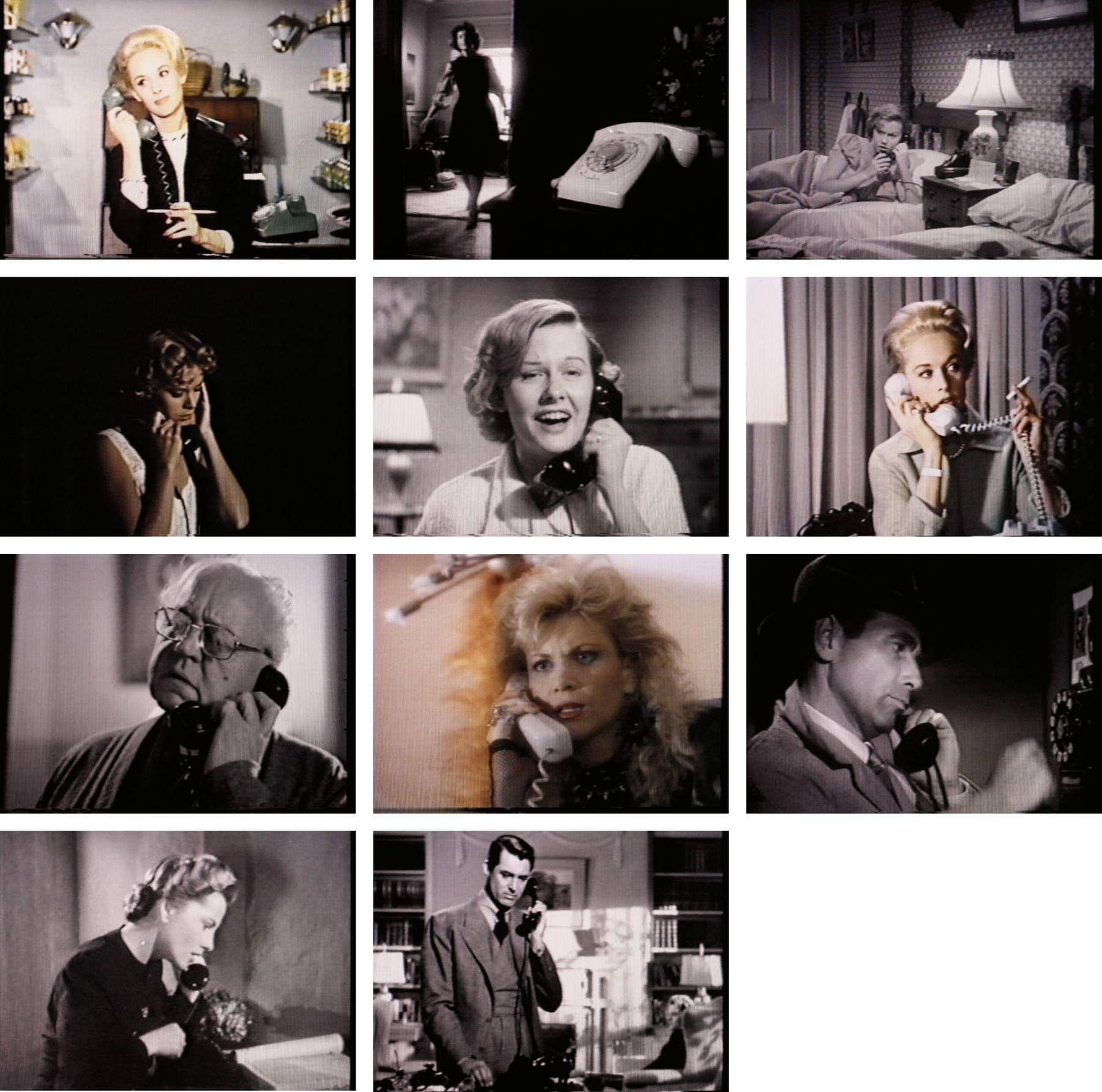
![Anna Maria Maiolino, João & Maria [Hansel and Gretel] (2009/2015; video, durata 4:08, con la partecipazione di Sandra Lessa e João Araújo, fotografia di Anna Maria Maiolino e Marianna Zanotti, editing e suono di Anna Maria Maiolino e Mateus Pires). Courtesy the artist and Galleria Raffaella Cortese, Milano
Anna Maria Maiolino, João & Maria [Hansel and Gretel] (2009/2015; video, durata 4:08, con la partecipazione di Sandra Lessa e João Araújo, fotografia di Anna Maria Maiolino e Marianna Zanotti, editing e suono di Anna Maria Maiolino e Mateus Pires). Courtesy the artist and Galleria Raffaella Cortese, Milano](https://cdn.finestresullarte.info/rivista/immagini/2019/1154/anna-maria-maiolino-joao-maria.jpg
)

